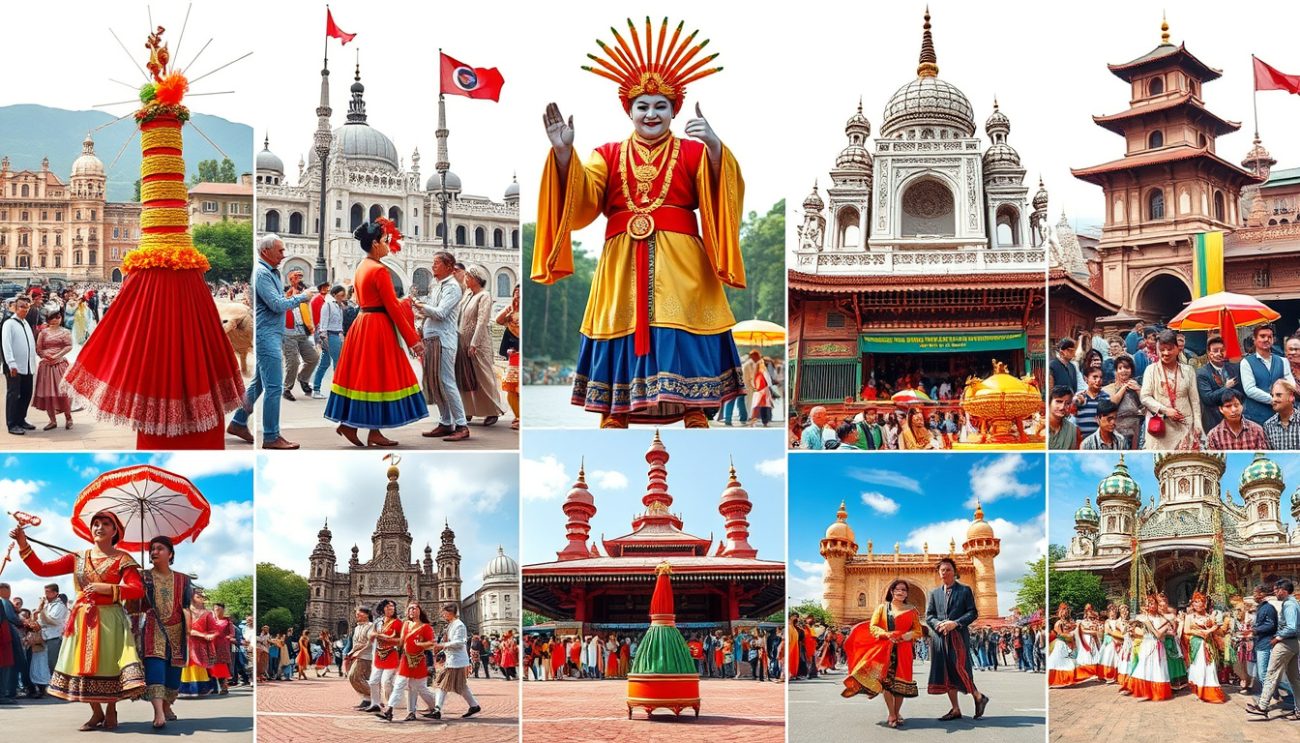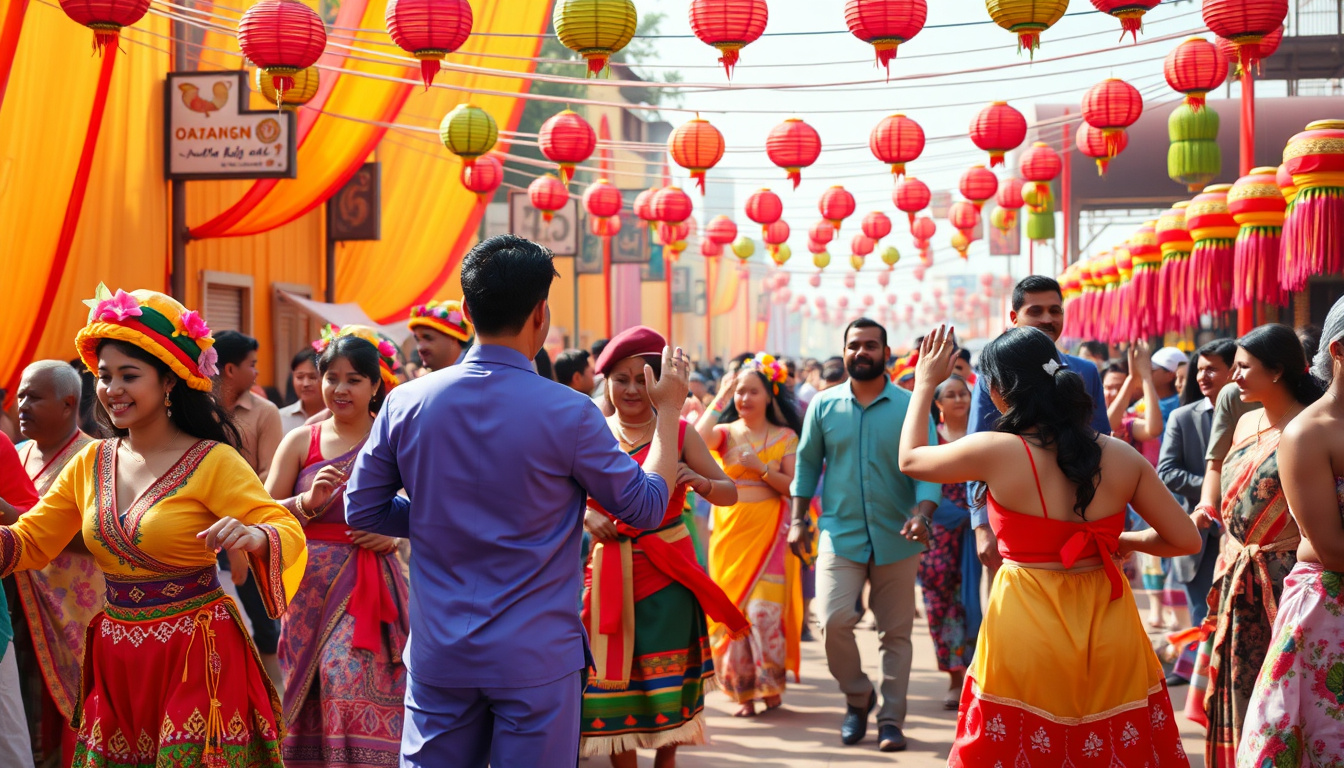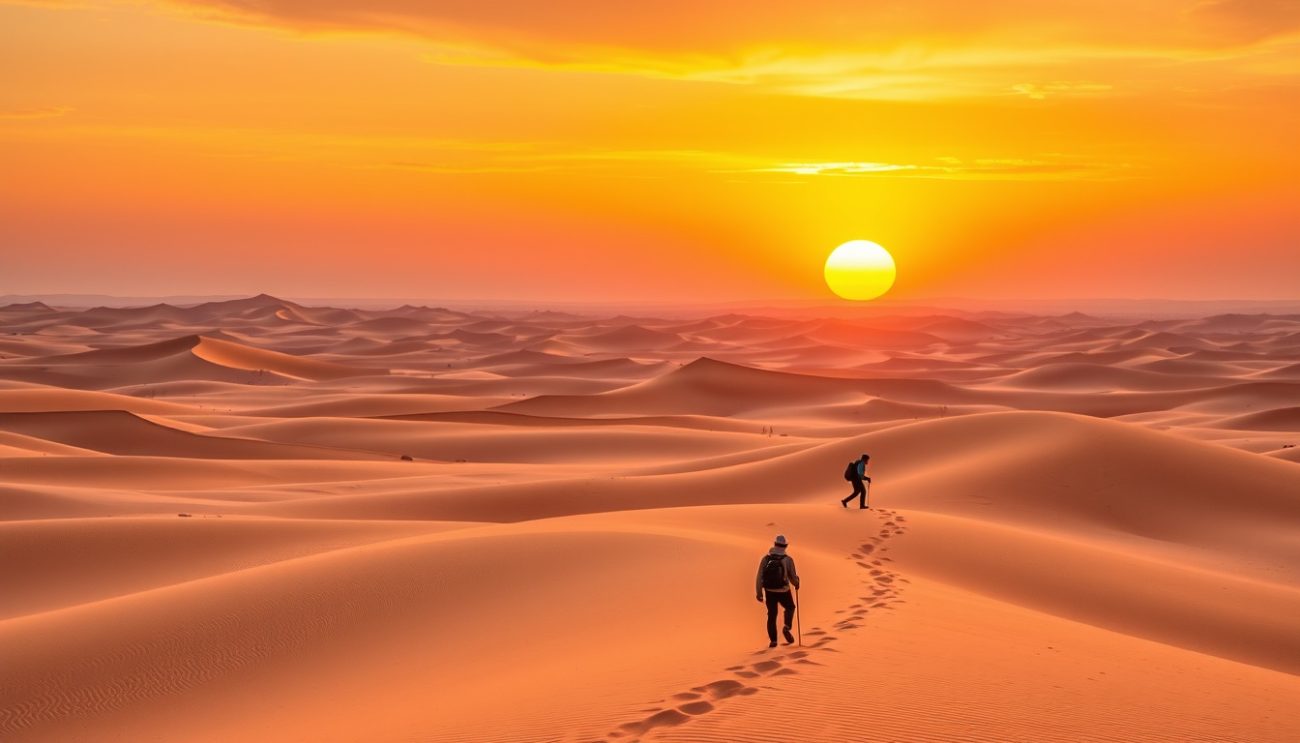Celebrating Diversity: A Journey Through the World’s Most Vibrant Cultural Festivals
Cultural festivals offer a spectacular window into the traditions, beliefs, and vibrant lifestyles of communities around the globe. They are more than mere celebrations; they are the living expression of heritage, artistry, religion, and communal

Cultural festivals offer a spectacular window into the traditions, beliefs, and vibrant lifestyles of communities around the globe. They are more than mere celebrations; they are the living expression of heritage, artistry, religion, and communal spirit, preserved and passed down through generations. From colorful parades to age-old rituals, each festival tells a unique story and presents a compelling invitation to immerse oneself in the rich tapestry of human culture. Join us as we embark on a journey through some of the world’s most vibrant and meaningful cultural festivals.
The Essence of Cultural Festivals
At their core, cultural festivals are communal gatherings designed to honor traditions, celebrate seasonal changes, mark religious observances, or simply bring people together through music, dance, food, and artistic expression. They serve as important vessels for cultural preservation and social cohesion, providing platforms where diverse peoples share their stories with locals and visitors alike.
Whether rooted in ancient customs or contemporary practices, these festivals offer a sensory feast that includes spectacular costumes, ritual performances, culinary delights, and spirited participation. Exploring these events enables deep cultural exchange and understanding while highlighting the universal human desire to celebrate life and community.
Iconic Cultural Festivals Around the World

1. Albuquerque International Balloon Fiesta – United States
Every October, the skies above Albuquerque, New Mexico, come alive with hundreds of colorful hot air balloons. This nine-day spectacle draws enthusiastic crowds for mesmerizing mass balloon launches, creating an awe-inspiring visual display against the desert backdrop. It is a family-friendly event blending artistry, engineering, and celebration.
2. Holi Festival of Colors – India
Holi is renowned as one of the most jubilant and exuberant festivals in the Hindu calendar, marking the arrival of spring and the victory of good over evil. Participants joyfully throw brightly colored powders and water at one another, filling streets with vibrant hues. Celebrated widely in India and globally, Holi invites people to embrace unity, new beginnings, and playful camaraderie.
3. Dia de los Muertos (Day of the Dead) – Mexico
Far from somber, this November festival is a colorful tribute to departed loved ones. Families build ornate altars decorated with marigolds, photos, and favorite foods of the deceased, while communities participate in parades featuring traditional skeleton face paint and costumes. The event blends Indigenous and Catholic traditions, celebrating life and remembrance through music, dance, and storytelling.
4. Naadam Festival – Mongolia
Known as the "Three Games of Men," Mongolia’s Naadam Festival is a riveting display of traditional sports: archery, wrestling, and horse racing. Held in July, the event is a cultural cornerstone that also features vibrant costumes and dance performances, offering visitors intimate insight into Mongolian nomadic heritage and values.
5. The Jaisalmer Desert Festival – India
Taking place in the golden sands of Rajasthan’s Thar Desert, this event celebrates the region’s rich culture with folk music, dance, camel races, and turban-tying competitions. It is a vibrant juxtaposition of human creativity and the stunning desert landscape, spotlighting local traditions and crafts.
6. Carnival – Rio de Janeiro, Brazil
Perhaps the world’s largest and most energetic carnival, Rio’s Carnival precedes Lent with days of samba parades, elaborate costumes, and street parties. This massive festival attracts millions who celebrate Brazil’s African, Portuguese, and Indigenous heritage with rhythmic music and dance displays that transform the city into a pulsating fiesta.
7. Thimphu Tshechu – Bhutan
Bhutan’s renowned festival spans three days in the capital, featuring brightly colored masked dances that are both spiritual and theatrical. The performances relate Buddhist teachings, purify negative energies, and celebrate community harmony, reflecting Bhutan’s deep Buddhist cultural roots.
8. Harbin Ice Festival – China
Held in the frigid northeast, this festival dazzles visitors with massive illuminated ice and snow sculptures, representing everything from mythical creatures to architectural wonders. Running from December through February, it showcases the artistry and resilience of Chinese culture in a wintry spectacle.
The Significance of Cultural Festivals
Cultural festivals are vital for sustaining intangible heritage such as language, arts, crafts, and folk traditions. They act as intergenerational bridges ensuring that cultural knowledge and identity remain vibrant and relevant. Festivals unify people across social divides, fostering respect and empathy in increasingly globalized societies.
For travelers, participating in such celebrations offers transformative experiences that deepen understanding and break down cultural barriers. These moments contribute to cultural diplomacy and global citizenship by celebrating diversity and the shared joy of human creativity.
Experiencing Cultural Festivals Responsibly
While cultural festivals attract millions of visitors worldwide, it is crucial to engage with respect and sensitivity. Visitors should:
- Honor Local Traditions: Learn about the cultural and religious significance behind the festivities.
- Support Community Economies: Purchase handicrafts directly from artisans and use local services.
- Practice Environmental Awareness: Avoid littering and reduce waste, mindful of the event’s impact.
- Respect Participation Boundaries: Some rituals may be sacred and not open to outsiders.
By fostering ethical tourism, cultural festivals can continue to thrive while benefiting both host communities and visitors.
Conclusion
Cultural festivals are a testament to humanity’s boundless imagination, resilience, and desire to connect. From the fiery Holi powder throws in India to the serene lantern lightings in Thailand or the grand parades in Brazil, each festival enriches our collective global heritage with stories, music, dance, and celebration.
Exploring these festivals invites us to look beyond borders and appreciate the shared rhythms of life, culture, and tradition that unite us all. Whether as a local participant or curious traveler, these vibrant gatherings offer unforgettable journeys into the heart of cultural diversity.
Embrace the colors, sounds, and spirit of the world’s cultural festivals — where every celebration is an invitation to understand and appreciate the rich mosaic of human culture.



